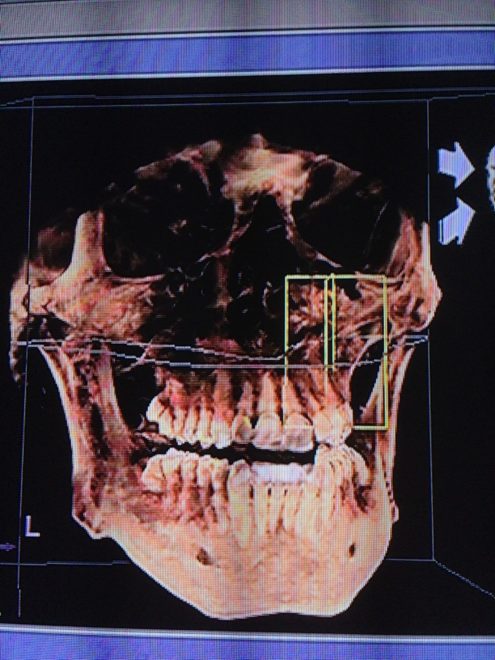Tag: nervous

It’s the Salient Detection System, Stupid
Can you tell the difference among pain, depression, and pleasure? From a neurotransmitter perspective, the answer is no (see here…

The Road to an Alternating and Reciprocal Warrior: Wisdom Teeth Extraction
This spans an entire treatment over a year’s time. Here’s part 1 Part 2 Part 3 The Saga Continues I’ve…
9 weeks with Bane, I mean Zac…Oops Sorry Wrong CI
Note from Zac: This is my first guest post, and to start things up is the one and only Trevor…
Favorable Inputs: A Model for Achieving Outcomes
One Hot Model Louis Gifford’s Topical Issues in Pain has an amazing amount of quality information, and has really inspired…
Course Notes: PRI Cervical Revolution
Where are all the People? I recently made the trek to Vermont for the first rendition of PRI’s Cervical Revolution…
Course Notes: Cantrell’s Myokin Reflections
Third Time’s a Charm Mike Cantrell was in my neighborhood to teach Myokinematic Restoration by the folks at PRI. And…
Course Notes: Advanced Integration and PRC Reflections
I Passed I officially became a Jedi this past December after retaking Advanced Integration and going through the Postural Restoration…
The Post Wonderful Time of the Year: 2014 Edition
And That’s a Wrap It’s that time of the year that we get to look back and reflect and what…
Course Notes: PRI Integration for Baseball
Another Course in the Books Back in November I had the pleasure of attending a new Baseball PRI affiliate course,…
Course Notes: The Last Craniocervical Mandibular Restoration Evahhhhh
You’d Think I’d Learn it the First Time Around You’d think, but CCM is one of the hardest PRI courses…

Course Notes: PRI Impingement and Instability – Cantrell Edition
A Quick Trip Home I made my first trip back to my roots since moving out west to watch Mike Cantrell’s…
The End of Pain
I’m Done Treating Pain. Yes. You read that correctly. I’m over it. Several different thoughts have crept into to my…
Course Notes: PRI Integration for Yoga
Portland is Cool The PRI road show continued on to Portland. This time I learned how PRI integrates with Yoga…
A Fly on the Wall of the Hruska Clinic
The Saga Continues This post is way overdue, but a lot has been going on in life. I have just…
Treatment at the Hruska Clinic: The Finishing Touches
For part 1, click here. For part 2, click here. A Low Key Day 3 Day three consisted mostly of…
